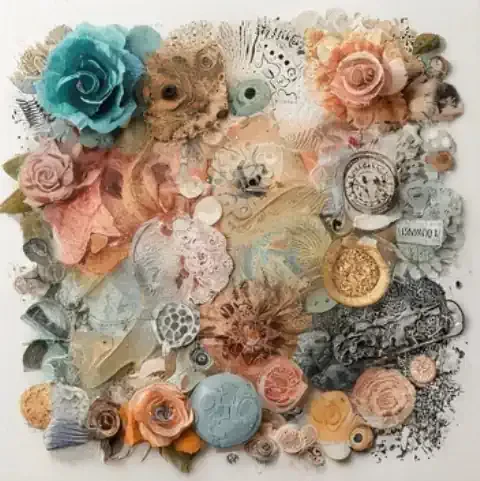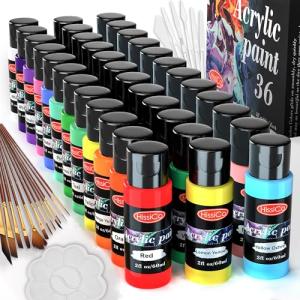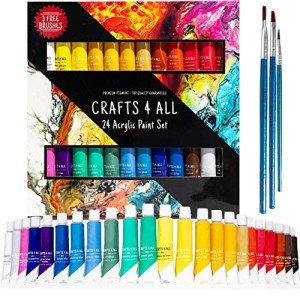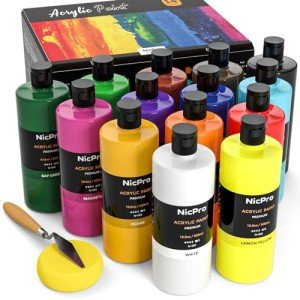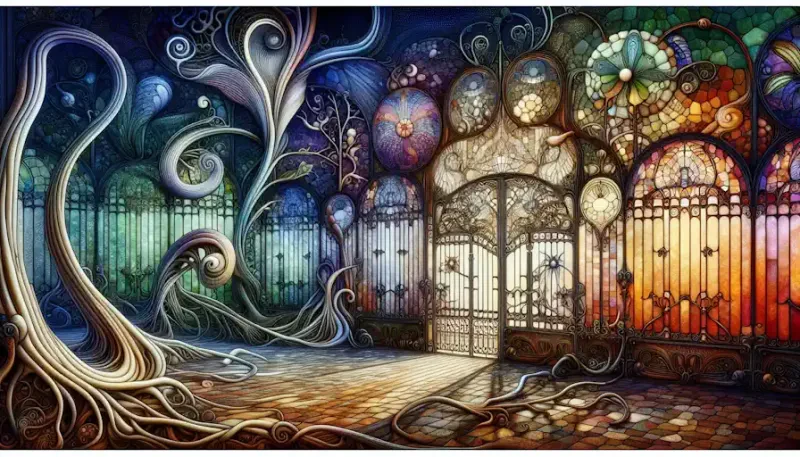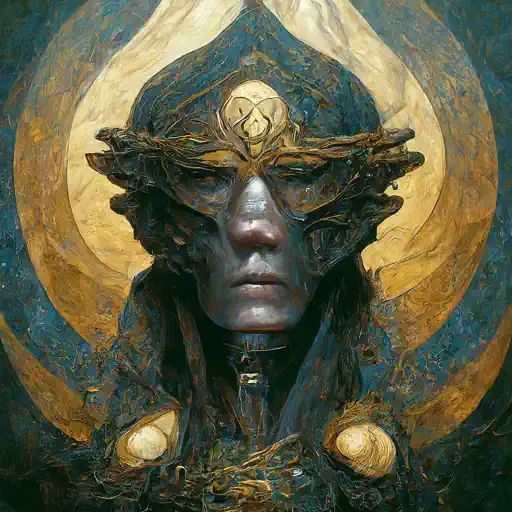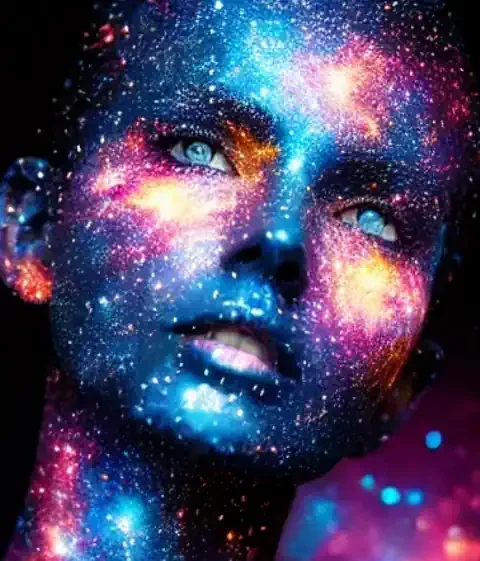Art, in all its forms, is a celebration of creativity, a visual and emotional journey that invites viewers to explore, engage, and experience. One of the most captivating aspects of art is texture—the tactile quality that adds depth, dimension, and a sensory richness to a piece. Whether you work with paint, charcoal, pastels, or mixed media, creating texture in your artwork can be a powerful way to infuse it with character and intrigue. In this article, we will delve into the fascinating world of texture in art, exploring various techniques and tools that artists can use to breathe life into their creations.
Impasto Technique: The Thick of It
Impasto is a technique that involves applying paint in thick, textured layers, resulting in a three-dimensional quality that jumps off the canvas. Artists often use a palette knife or a brush to achieve this effect. By layering paint generously and leaving visible brush or knife marks, you can create a tangible sense of depth and movement in your artwork. Impasto is particularly effective for capturing the essence of subjects with substantial physicality, such as landscapes with rugged terrain or still-life objects with intricate surfaces. Experiment with different tools and paint consistencies to find the impasto style that best suits your artistic vision.
Sgraffito: Scratching the Surface
Sgraffito is a technique that involves scratching or scraping away layers of wet paint to reveal the layers beneath. This method creates intriguing patterns and textures, offering a dynamic interplay between light and shadow. Sgraffito can be done using various tools, such as palette knives, brushes, or even everyday objects like sticks and toothpicks. Artists often use sgraffito to add fine details, texture, or contrast to their paintings. It is an excellent technique for creating intricate designs or for enhancing the texture of surfaces like bark, stone, or wood.
Collage: The Art of Layering
Collage is a versatile technique that involves the layering of different materials, such as paper, fabric, or found objects, onto a surface. These layers can introduce a wide range of textures, patterns, and colors into your artwork. Collage allows you to blend different elements seamlessly, creating a rich visual tapestry. Experiment with various materials and adhesives to discover the textural possibilities of collage. Whether you aim to evoke nostalgia, chaos, or harmony, collage provides a playground for texture exploration.
Dry Brushing: Less is More
Dry brushing is a technique that involves using a nearly dry brush with minimal paint to create subtle, fine textures. This method is particularly useful for adding delicate details and highlighting specific areas of your artwork. By applying light pressure and allowing the brush to skim the surface, you can create a whisper of texture that draws the viewer's eye. Dry brushing is a patient and precise technique that requires a steady hand and control over your brushwork. It can be an excellent tool for suggesting intricate textures like fur, feathers, or weathered surfaces.
Texture Mediums: A Helping Hand
Texture mediums, also known as texture gels or pastes, are art materials specially designed to enhance texture in paintings. These mediums come in various forms, such as modeling paste, gesso, or texture gels, and can be mixed with paint or applied directly to the canvas. Texture mediums allow artists to sculpt, mold, and manipulate the surface of their artwork, creating unique textures that add depth and interest. They can be used in conjunction with other techniques to achieve a variety of effects, from the coarse texture of stucco to the smooth, marbled texture of stone.
Collagraphy: Printmaking with Texture
Collagraphy is a printmaking technique that involves creating textured plates from collaged materials, such as cardboard, fabric, or found objects. These plates are then inked and pressed onto paper to create prints with captivating textures and patterns. Collagraphy offers a tactile and experimental approach to texture creation, allowing artists to explore the unique textures that various materials can produce. The results can range from subtle and intricate to bold and expressive, making it a versatile technique for artists interested in printmaking.
Charcoal and Pastel Blending: Soft and Smudged
Charcoal and pastel artists are well-acquainted with the tactile pleasures of their chosen media. These dry mediums lend themselves to blending and smudging, creating soft and smudged textures that can be layered to build depth and atmosphere. To create texture with charcoal or pastels, experiment with different blending tools, such as blending stumps, tortillons, or your fingers. Varying pressure and direction while blending can produce a wide range of textural effects, from the softness of fur to the roughness of stone.
Texture in Mixed Media: Fusion of Possibilities
Mixed media artists have the unique opportunity to combine various techniques and tools to create complex and multidimensional textures. The fusion of paint, collage, drawing, and other mediums allows for endless experimentation and exploration. In mixed media art, texture is not limited to a single layer or material but can be built up, torn down, and reimagined as the artwork evolves. The interplay of diverse textures can convey intricate narratives and emotions, making mixed media a versatile and expressive form of artistic expression.
Texture in art is a powerful tool that allows artists to convey depth, emotion, and narrative in their work. Whether you prefer impasto, sgraffito, collage, dry brushing, texture mediums, collagraphy, charcoal and pastel blending, or the fusion of mixed media, there are countless techniques and tools at your disposal to explore and experiment with. Texture adds a sensory dimension to your art, inviting viewers to not only see but also touch and experience your creations on a visceral level. Embrace the world of texture in your artwork, and watch as it transforms your creative process and captivates the hearts and minds of those who engage with your art.
